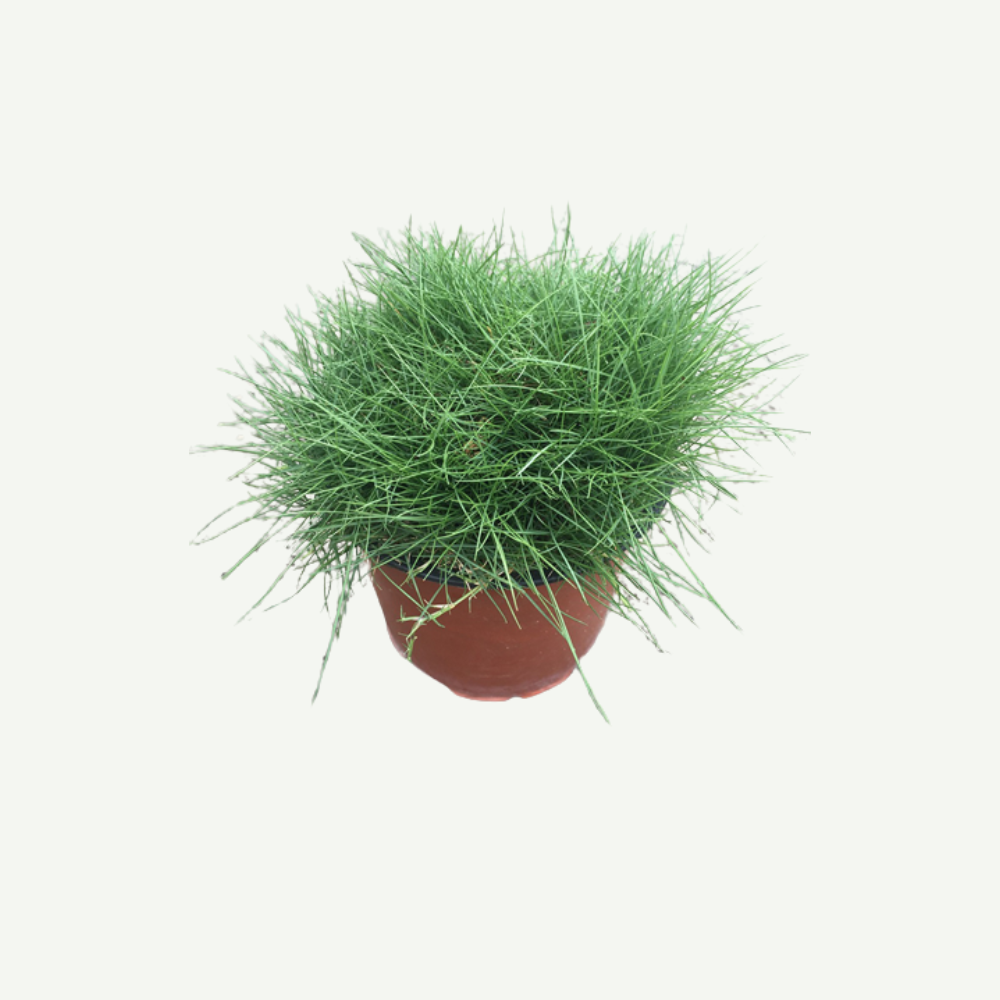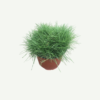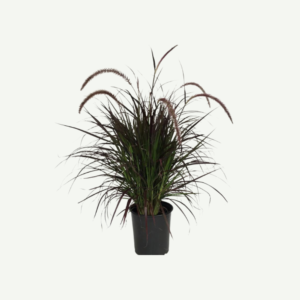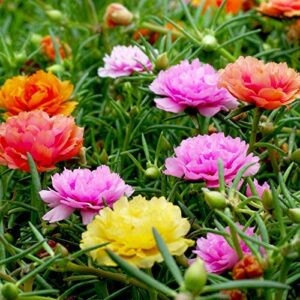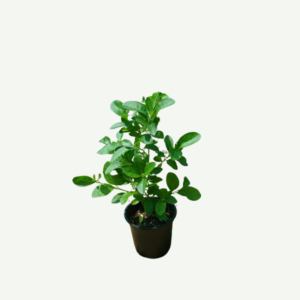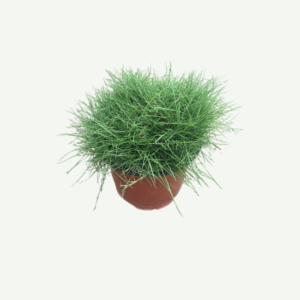Features of Plants:
Cutting edges:
The blades of zoysia grass are usually slender and pointed, and their texture ranges from fine to medium. When cultivated as a lawn, the dense blades of the leaves provide the impression of a carpet.
Growth Habit:
The creeping growth habit and underground stems or rhizomes that allow zoysia grasses to spread are distinctive features of this plant family. Grass that grows in this pattern eventually fills in spaces with no grass and becomes a thick lawn.
Color:
The color of Zoysia grass can differ from one species to another and from one set of growing circumstances to another. A shade of medium to dark green is typical.
Density:
The dense growth of zoysia grasses makes them more resistant to weeds and wear and tear.
Dormancy:
While zoysia grass in colder climates may remain brown and dormant all winter, it typically becomes verdant again as the weather warms up in spring.
Things Needed by Culture:
Sunlight:
Full sun is ideal for zoysia grass, however partial shade will do. Its development and general well-being, though, might be weaker in partially shaded places.
Temperature:
A perfect plant for tropical and subtropical regions, zoysia grass can withstand high temperatures. It could be able to survive short periods of cold, but any longer than that and it could die.
Soil:
While sandy or clay soils will not support these grasses’ growth, loamy soils with good drainage are ideal.
Watering:
Since zoysia grass can withstand dry spells after it has established itself, its watering needs are drastically reduced. On the other hand, frequent watering while it’s dry is necessary for its continued vitality and health.
Fertilization:
To encourage healthy growth and preserve the grass’s vibrant green color, zoysia grass benefits from periodic fertilization. To avoid thatch formation, fertilize according to the schedule provided.
Mowing:
Mowing zoysia grass regularly is necessary to maintain the height you select, which is often between 2.5 and 5 cm, or 1 to 2 inches. You can encourage thicker grass and help control weeds by mowing at the correct height.
The goal of Landscaping:
Because of its lush, emerald appearance, zoysia grass is a popular turf choice for golf courses, playgrounds, sports fields, and parks.
Among cool-season grasses, this one thrives in hot, sunny areas.
In densely crowded areas, zoysia grass is a popular choice due to its resilience and rapid regeneration.
As it matures into a verdant turf, the warm-season grass zoysia may be a lovely addition to a wide variety of garden and patio designs. Because of its low maintenance needs and endurance to heat and drought, it is a popular choice among people in sunny, warm locations who are looking for a resilient grass or lawn.
